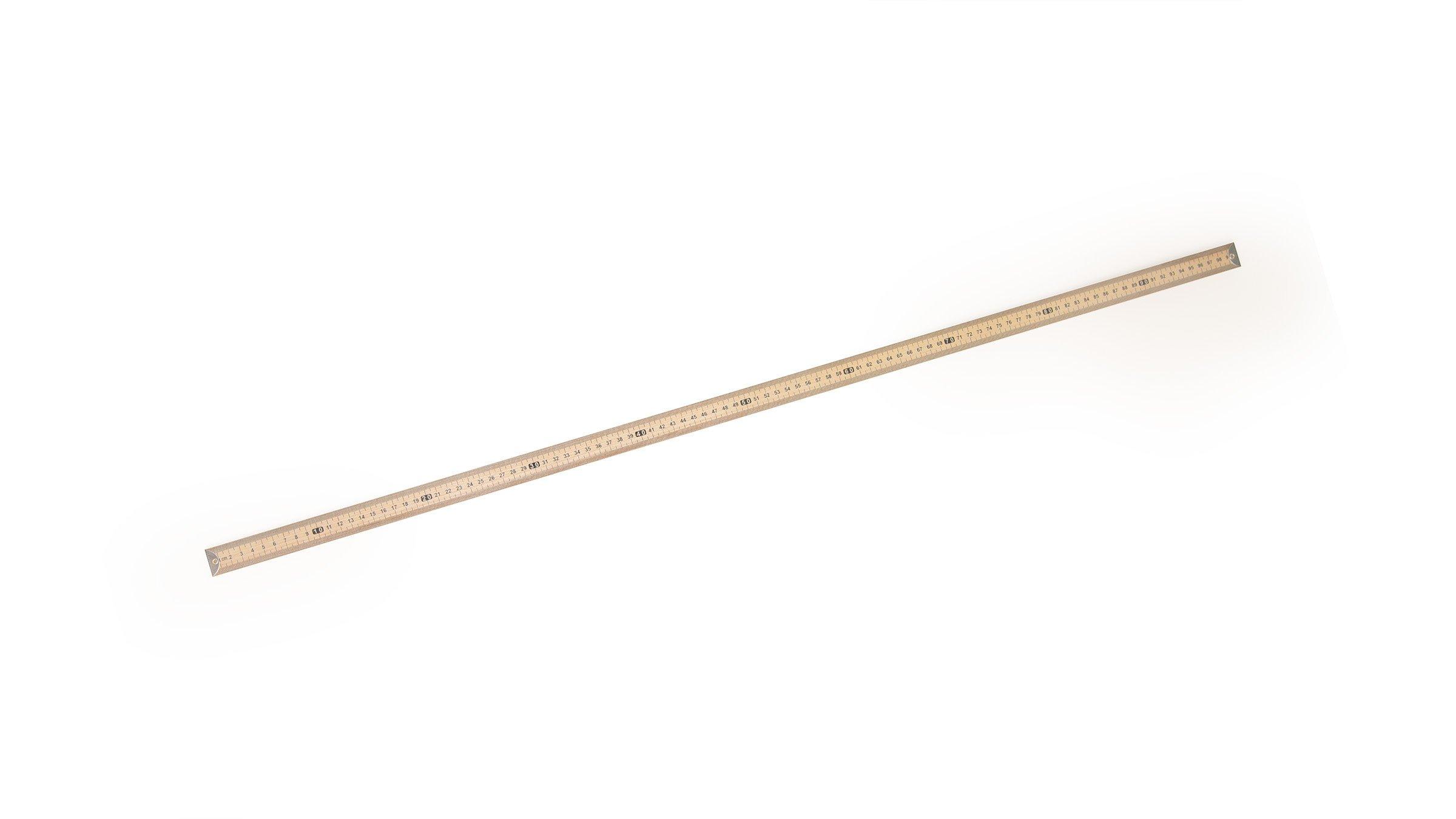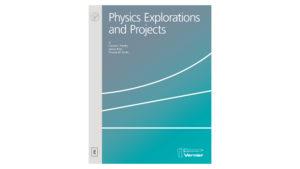Introduction
This project is an extension of the Rube Goldberg Machine project earlier in this book. Rather than limit the allowed energy forms to just mechanical energy, this expanded challenge may include thermal energy, electrical energy, and/or electromagnetic energy.
Rube Goldberg devices—overly complex mechanisms for performing simple tasks—have been around since Rube Goldberg started publishing cartoons of his extravagant inventions in the early twentieth century. Designing, building, and troubleshooting such a device is a fun, creative, and challenging project, as well as a lesson in energy transformations.
The general approach is to provide some level of excitement around the possibilities by showing students some of the example Rube Goldberg machines in the Implementation section or videos of machines built by your previous classes. Then explain expectations for the activity including the resources available, the constraints (such as time and space), and the grading criteria.
We have provided an example Student Information handout with a fair level of detail as a starting point. You will want to customize this for your own situation depending on your particular goals, equipment, and time constraints.
Objectives
- Design and build a working machine.
- Use tools effectively to manipulate common materials.
Sensors and Equipment
This experiment features the following sensors and equipment. Additional equipment may be required.
Ready to Experiment?
Ask an Expert
Get answers to your questions about how to teach this experiment with our support team.
- Call toll-free: 888-837-6437
- Chat with Us
- Email support@vernier.com
Purchase the Lab Book
This experiment is #36 of Physics Explorations and Projects. The experiment in the book includes student instructions as well as instructor information for set up, helpful hints, and sample graphs and data.


